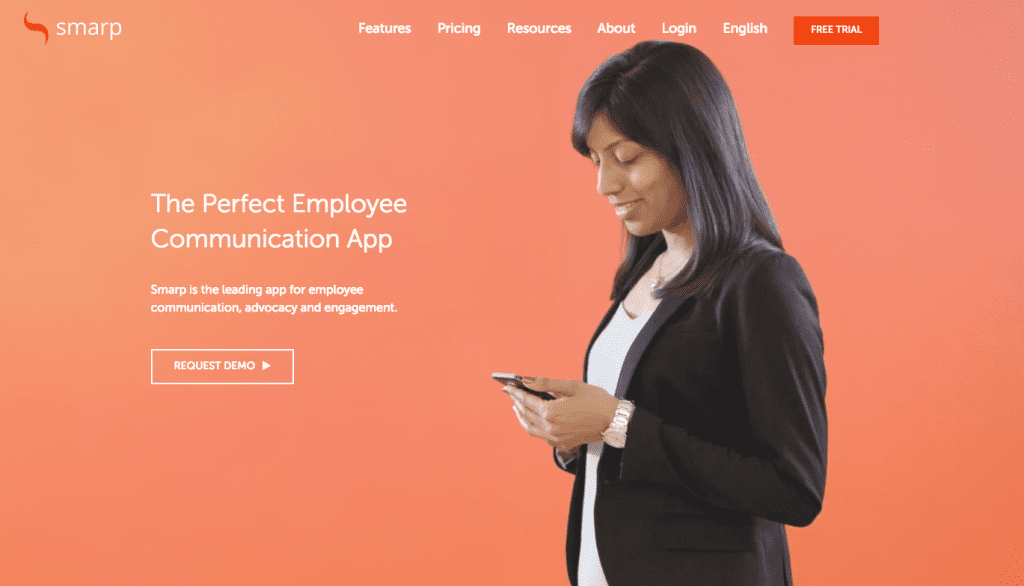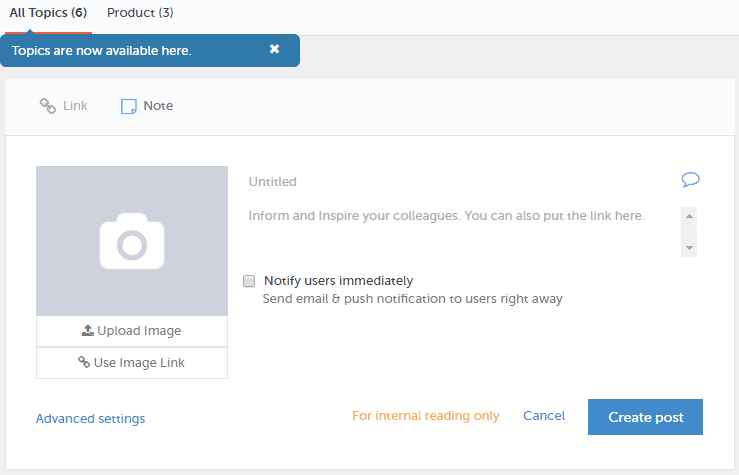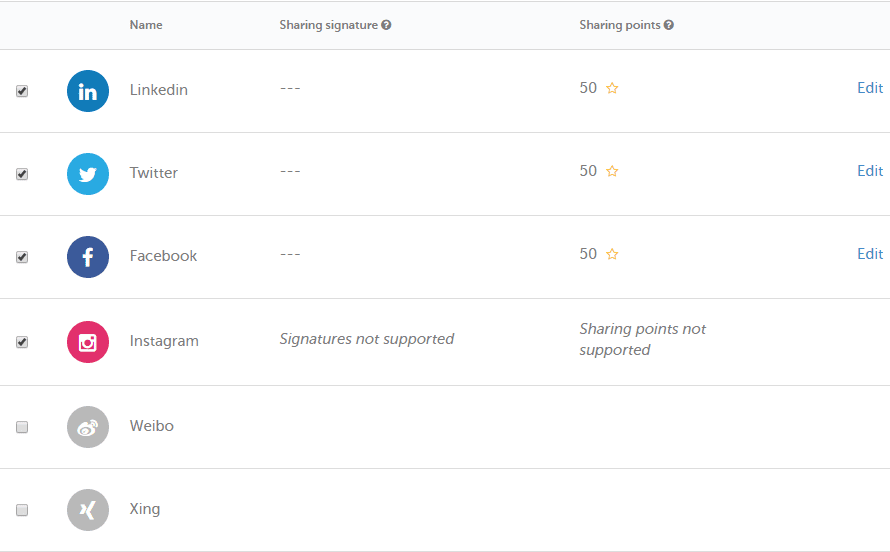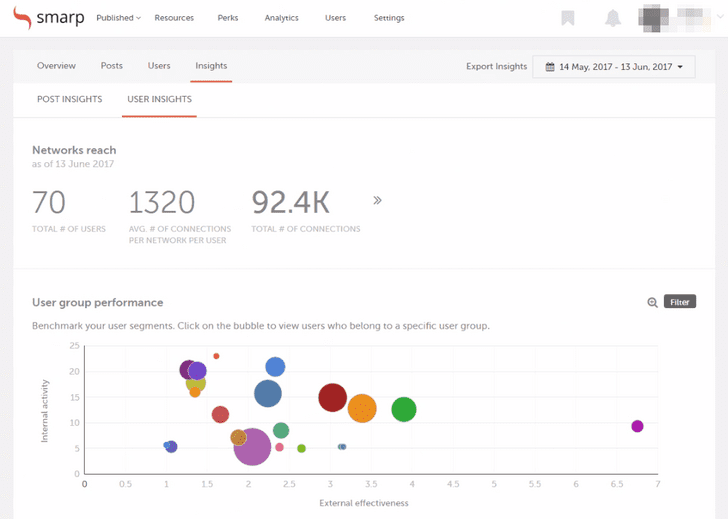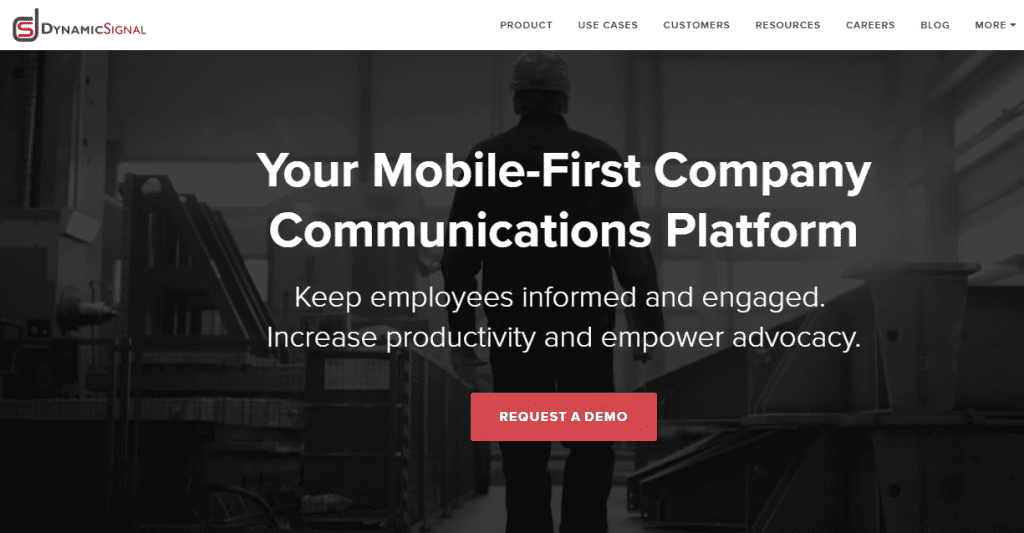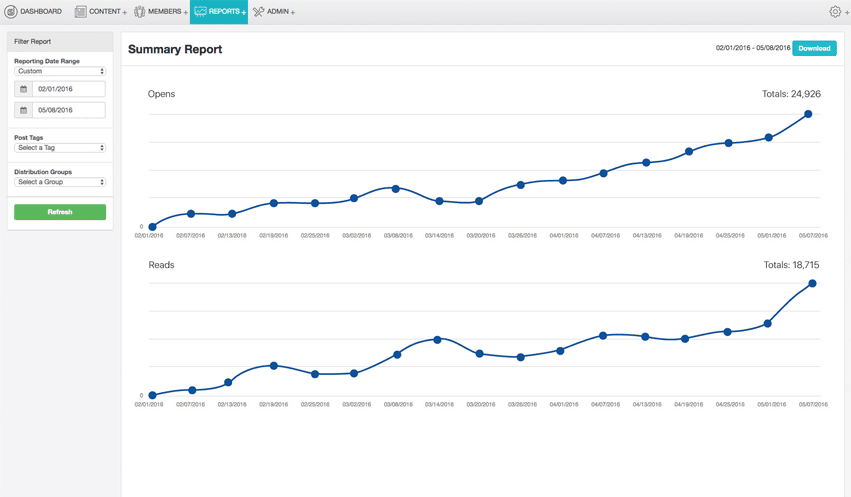Do you want to improve your company culture while also getting help from employees to share your content? Choose the best employee advocacy tool for your company’s needs, and you’ll unlock better engagement, both within your office and with the general public. Work occupies a major chunk of your employees’ lives. They spend about a third of their days working, and the vast majority are likely satisfied with their jobs. As it is a major part of their lives, they’re bound to chat about work both online and offline. Some 50% of employees already share content about their employers online. People will always be on the lookout for quality content to share. Therefore, it is important for companies to equip employees with the right information and resources. Employees can share information while having offline conversations and on social media. An informed employee will share the latest and best information about your company. This helps to create a positive brand reputation and drive traffic to your website, as employees can increase reach tenfold. The best way to keep employees informed and spreading the good word is with an employee advocacy platform. Choosing the right platform can be hard, though, as there are so many options available. Two of the options you can’t go wrong with are Smarp and Dynamic Signal. Both have their strengths and weaknesses. I have compared them side by side in this article to help you select the right one for your company’s situation.
The Pros and Cons of Using Smarp
Smarp is a well-rounded employee advocacy tool. It has all the features you need to encourage employees to share content on social media, to measure impact and to collaborate and inform one another regarding projects.
The Pros and Cons of Using SmarpThe Pros and Cons of Using Dynamic Signal
One of the biggest advantages of using Smarp is that it is so easy to post content. You can share links, images, and text messages. You can also move the content so that the most important content appears at the top of topic-organized feeds. To save time, they even let you integrate your social media accounts and RSS feeds so that content appears automatically. Posts can also be scheduled in advance to go live and be archived at set times.
Employees can access this information via their browsers or dedicated mobile apps. They can comment on this content and share it with their friends and followers on social networks like Facebook, Twitter, Linkedin and more. Smarp also integrates with apps like Slack, MailChimp, Google Analytics and Dropbox. This simplifies various tasks and makes it easy to do things like track the traffic that employee social posts drive to your site. Their advanced gamification features entice employees to share more by making sharing an enjoyable experience. One of these features is a leaderboard that creates a contest between team members. Employees can also earn points for sharing. These points can either be exchanged to donate money to charities or to claim rewards. Smarp’s advanced analytics is second to none. They provide both company analytics for admins and personal analytics for employees. Using company analytics, you will be able to see your best performing content and most influential employees. Smarp also calculates the earned media value of your team’s posts. The employees’ personal analytics reports help them check how their shared content is performing across social media. They also have a feature called SmarpScore that makes it easy to measure their performance. Most employee advocacy software companies get you to sit through a demo. You will only be able to sign up and get a quote after this taxing session. But not with Smarp. Here you can instantly sign up for a free 14-day trial and test drive the tool. Pricing is also available publicly, starting at 3.5€ per user per month. If you prefer a demo or managed onboarding, they have those options too. On the downside, Smarp’s messaging and communication features aren’t the best. The only way employees can communicate with each other and with management is through comments. Of course, you can track employees with analytics, but if you are looking for more hands-on collaboration and workflows, this solution isn’t going to cut it. Smarp’s strength lies in keeping employees informed and getting them to share your content.
The Pros and Cons of Using Dynamic Signal
Dynamic Signal isn’t as much of a well-rounded tool as Smarp, but it has some great features that other employee advocacy tools do not, making for an intuitive and engaging experience. Dynamic Signal has well-designed apps that make it easy for you to share the latest company news and other content with your employees. Delivery and readership of messages can be tracked. This helps you share content at the right time with only the most interested employees. You can also alert employees about the latest content using Facebook Messenger, SMS, and Slack.
Employees can share content they like onto social networks like Facebook, Twitter, and Linkedin. The platform’s advanced communication features help you get detailed feedback from employees through quizzes and surveys. This will help you build an engaged internal community, using the app as a hub. You can also use the data to steer a work culture that will improve company performance. You also have detailed analytics to track other metrics that you cannot obtain through communication only. On the cons side of the equation, sharing features aren’t very well developed, as Dynamic Signal is more focused on improving communication. To try it out, unfortunately, you’ll need to sign up for a demo. Pricing information can only be obtained after this session. You cannot sign up for a trial instantly, on a self-serve basis. The Best Platform for Your Team As you can see above, both of these leading employee advocacy tools have their pros and cons. Smarp is a more well-rounded tool, but its internal communication features are a bit thin, while Dynamic Signal is more focused on internal communication, rather than public-facing content distribution. You should choose the tool that satisfies the specifics of your organization’s needs. If you are looking for a solution to help understand your employees better, Dynamic Signal may be the best option. If you want one to make your company content go viral, yielding traffic and leads that will help you generate more revenue, you should consider Smarp. Also, Smarp is the better choice if you don’t want to sit through a demo in order to experiment with the tool for free.
